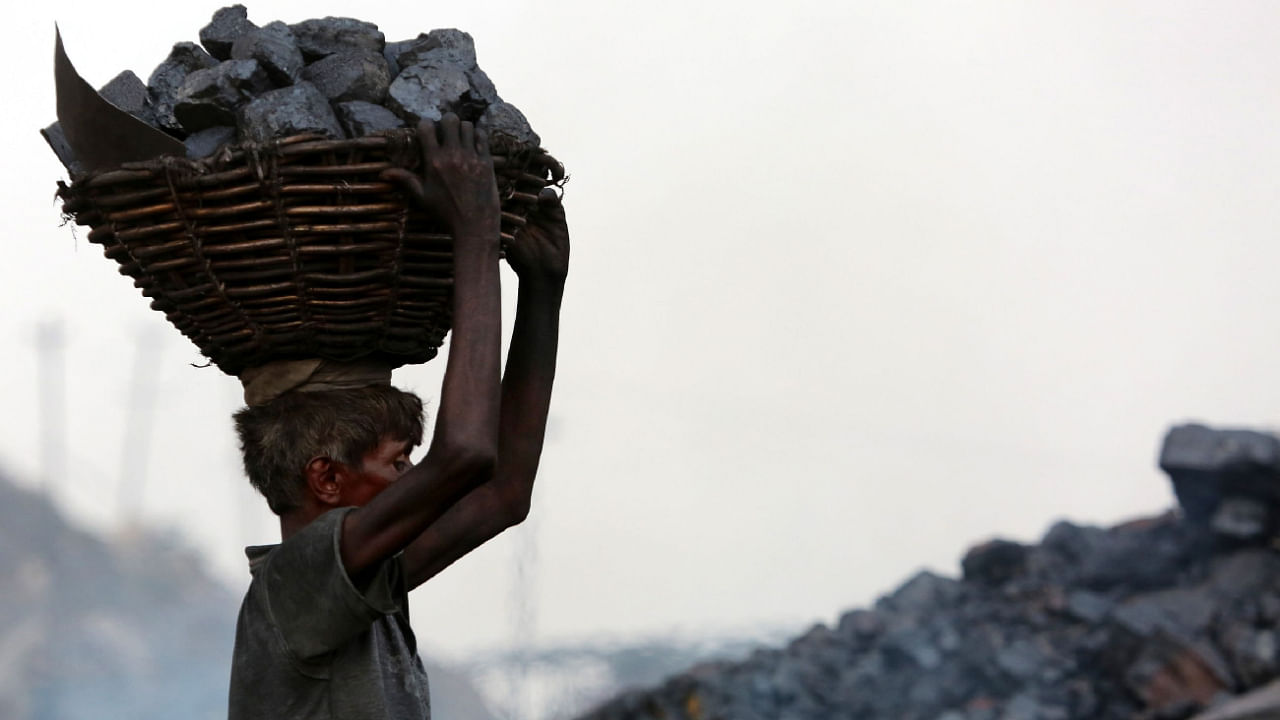
With India chronically facing coal shortages, the government has plans to develop 99 new coal projects with a production target of 427 million tonnes per year (MTPA) that would put India in second place behind China, which has a capacity of 596 MTPA.
While the development of new coal mines would normally be deemed necessary given India's regular coal shortages, a report by Global Energy Monitor (GEM) suggests that these new mines may, in fact, be unnecessary.
Underutilisation
GEM's report points out that India's extant coal mines are chronically underutilised, with as much as 36 per cent of capacity in operational mines going ununused.
In fact, the report points out that underutilised capacity at India's extant, operational coal mines is a whopping 433 MTPA, greater than the projected 427 MTPA capacity of the 99 new coal projects.
The report also points out that new mines would not become operational fast enough to meet the country's coal demand in the short-run, and are also likely to fall prey to the same issues plaguing extant mines.
The cost of new mines
The development of new coal mining sites is also expected to come at a massive human and environmental cost: The mines under development threaten to displace at least 165 villages and 87,630 families, of which more than 41,000 families live in Fifth Schedule Areas that predominantly have tribal populations.
In addition to displacing tens of thousands, new coal mines are expected to increase India's water demand by 168,041 kilolitres per day, thereby threatening to exacerbate extant water shortages.
The report points out that of the 427 MTPA in planned capacity, 159 MTPA or 37 per cent will be produced in high-risk water zones while 230 MTPA or 50 per cent will be produced in extremely high risk water zones, something that does not bode well for water shortages.
New mines, old problems
Given the costs associated with the setting up of new projects and their expected inability to solve India's coal supply issue, GEM notes that the signs warning against such an expansion are easy to see. However, the government is not heeding them.
"New mines can't make the industry's old problems go away. The irony of this expansion is that opening new mines today could intensify the sector's weaknesses and inefficiencies tomorrow, especially as competition from renewables and conflicts over land use continue to emerge," Ryan Driskell Tate, a project manager with GEM, was quoted as saying in the report.